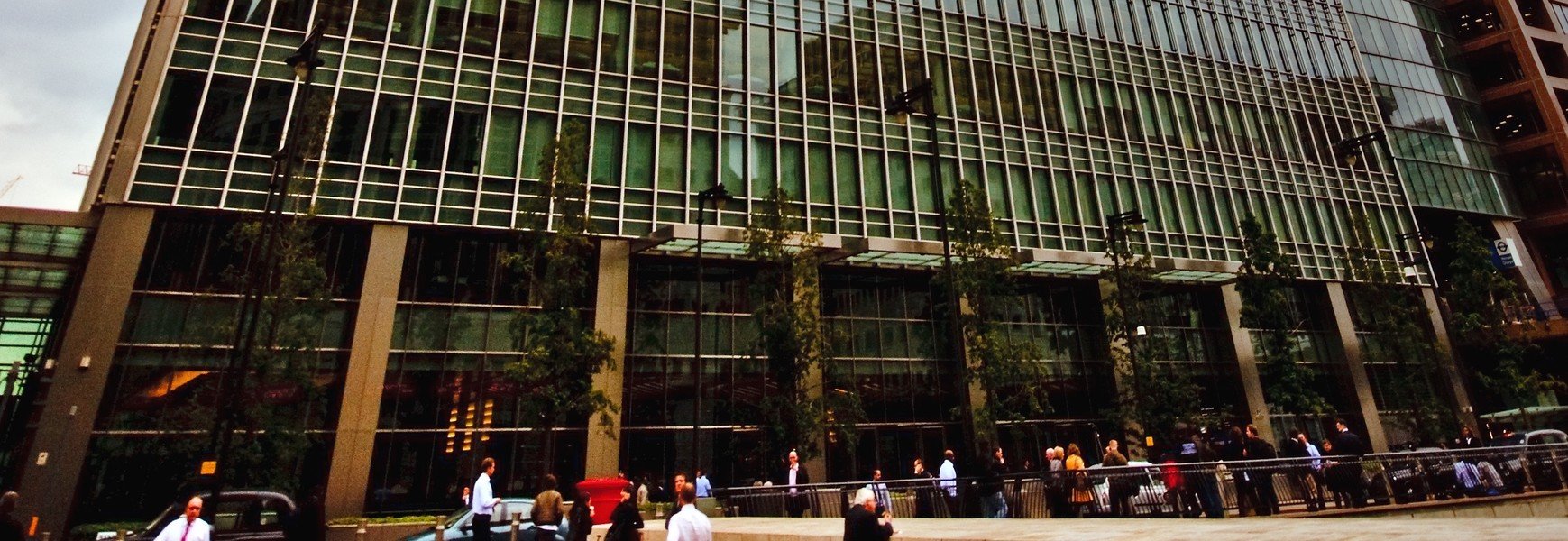Building societies, credit unions, and other mutual financial institutions play a crucial role in bringing financial services to local communities. In the UK, for example, building societies and credit unions serve around 26 million members, in Australia, mutual financial institutions have around five million members, and in the US, more than a third of the population (130 million) are members of a credit union.
As the banking industry increasingly focuses on digitization and scaling back its branch network, mutual financial institutions are still loyal to servicing their local communities with a more physical banking experience. In the UK, building society members still use a physical passbook—a passport-size logbook that has a printed entry of each member’s balance every time they withdraw or pay in cash. While some building societies in the UK offer current accounts, the majority don’t provide a way for customers to access their money without the passbook. Likewise, in Australia, there are more than half a million bank customers who still use a passbook account with no linked card.
“That’s part of the overall experience,” said Tom Phillips, Senior VP Business Development Europe at 10x. “Even if every building society had the best digital experience in the world, maybe about 80% of their members wouldn’t engage with It. Most of their existing members still prefer the physical branch experience.”
“[Building societies have] tried to do lots of things like ‘passbook in your pocket’, which is an app-based passbook, but it just didn’t have the same impact. The passbook is a fundamental part of the proposition that building societies and mutuals should aim to complement with digital experiences.”
Local communities also often depend on building societies and credit unions to extend financial services to consumers who might not be able to access traditional high street banking. Take this example that Tom witnessed of a Punjabi-speaking woman trying to open an account in her local building society branch.
“In a traditional high street bank, they wouldn’t let a customer open an account that couldn’t speak English,” said Tom. “But at this building society, they phoned a branch down the road where they had a native Punjabi speaking member of staff, and they helped the lady to open an account, because it’s all about supporting the community that they work in.”
For more on how member-owned financial institutions can approach transformation, download our e-book: How mutuals and credit unions can transform with cloud-native core banking
Shifting customer expectations
The heritage of mutuals—while effectively a USP—will potentially become an inhibiting factor in the decades to come as member bases gradually shift to more digitally savvy cohorts.
Digital transformation is therefore going to be a more nuanced process for member-owned financial institutions, which allows for digital experiences while maintaining the physical presence their existing members want.
“They’ve got this balance between building for tomorrow’s members, but still staying relevant and not annoying the existing membership,” said Tom.
But consumer expectations are changing—and building societies know this. Digital payments increased by more than 30% between 2020 and 2021, according to Visa, while Capgemini forecasts that instant payments and e-money transactions will account for 28% of all non-cash transactions by 2026, up from 17% in 2021.
Member-owned institutions have an opportunity to have a split strategy where they acquire digitally-savvy members through a more app-based experience, but still maintain a branch presence in their local communities.
Tom Phillips SVP, Business Development at 10xTransformation challenges
The challenge of making that shift mirrors what is happening inside traditional banks. They often rely on multiple legacy systems that are clunky and difficult to use and increasingly nearing their end of life.
Typically, mutuals might have one system for address changes, one system to manage deposits, and another to open new accounts. And getting staff up to speed on how to use all of them takes considerable time. “It can take up to 12 months to train a new building society colleague”, said Tom.
“So you have this really big investment of time to get them operational, and that’s just because all of the interfaces are at least a decade old and they’re not very easy to interact with.” Hiring engineers to help upgrade and modernize their systems is also a challenge, especially for smaller institutions, making the cost of change very high.
“The nuance with a building society relative to a big bank is that once they start migrating to a new core, they can’t have a situation where they’ve got two running in parallel for very long because the cost is too great,” said Tom. “So when they start the migration, they have to have confidence that it’s going to conclude.”
Embracing digitization
Yet there is a path for building societies, credit unions, and other mutual banks to replace their core banking systems to offer a more digital experience while preserving the physical touch points that members expect.
“Member-owned institutions have an opportunity to have a split strategy where they acquire digitally-native or digitally-savvy members through a more app-based experience, but still maintain a branch presence in their local communities,” said Tom.
Even though the strategy is split between physical and digital, mutuals should opt for one core banking platform than can effectively serve all members. Branch staff will need to cash cheques and with draw cash on behalf of members, while digitally-native members will need the same functionality available within their mutual banking app.
This will allow mutuals to ramp up their digital services without interrupting in-branch activities and manage all accounts through one central core banking platform. They could do this first by targeting digitally-savvy members via an online channel to test the proposition. Once that is complete, they would then migrate their existing deposit portfolio onto a new core banking system, which would service both physical and digital members.
“That means you don’t need to change the experience that members get in branch, but the underlying infrastructure enables them to do more and do it in a more efficient way,” said Tom.
Download the e-book to learn more
Using in-depth interviews with Senior Executives at member-led financial institutions, this e-book outlines what's needed for mutuals to compete in an increasingly volatile world. It covers:
- The role of mutuals today
- What transformation means to members
- The need to modernize core banking systems
- Plotting a path to transformation safely, securely, and within budget.



